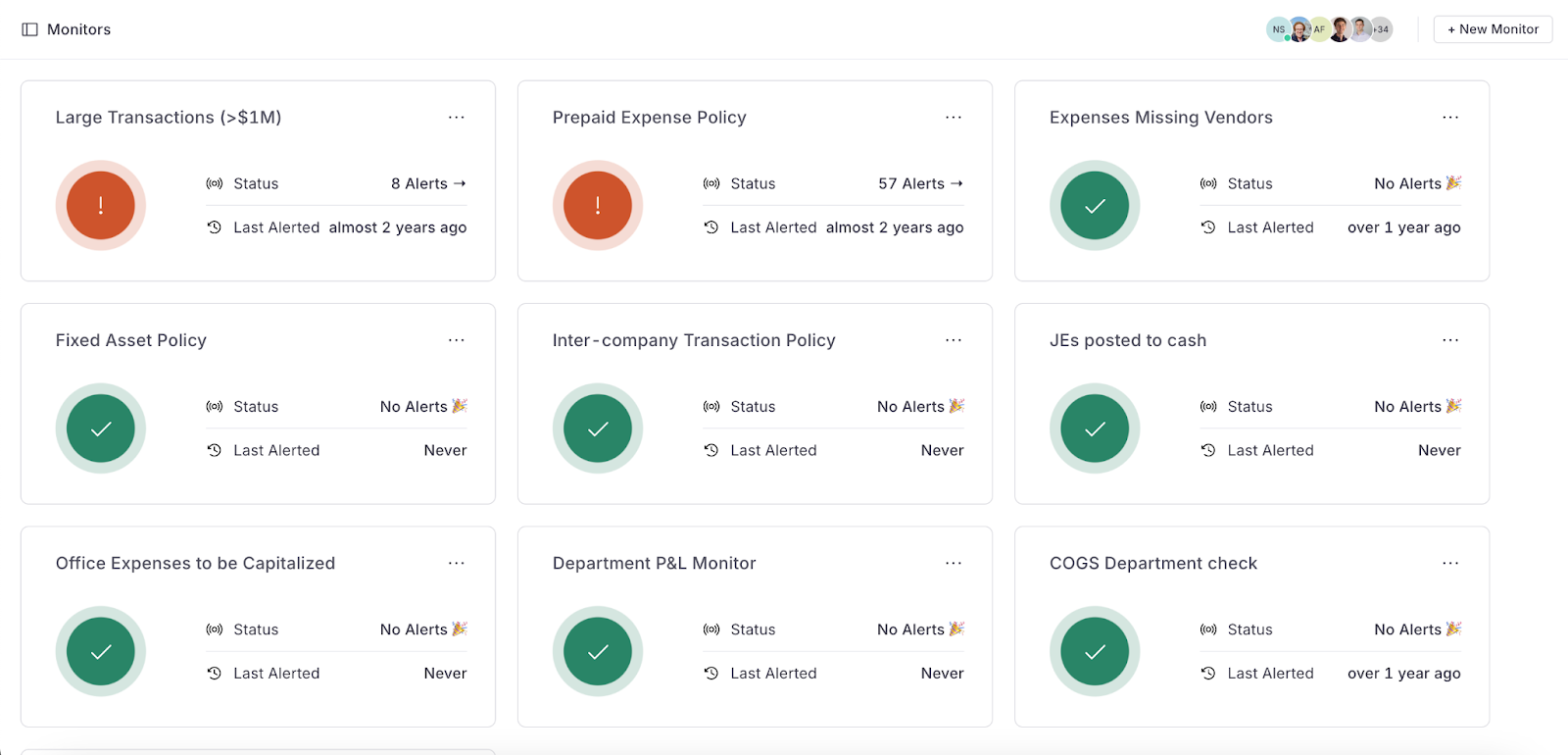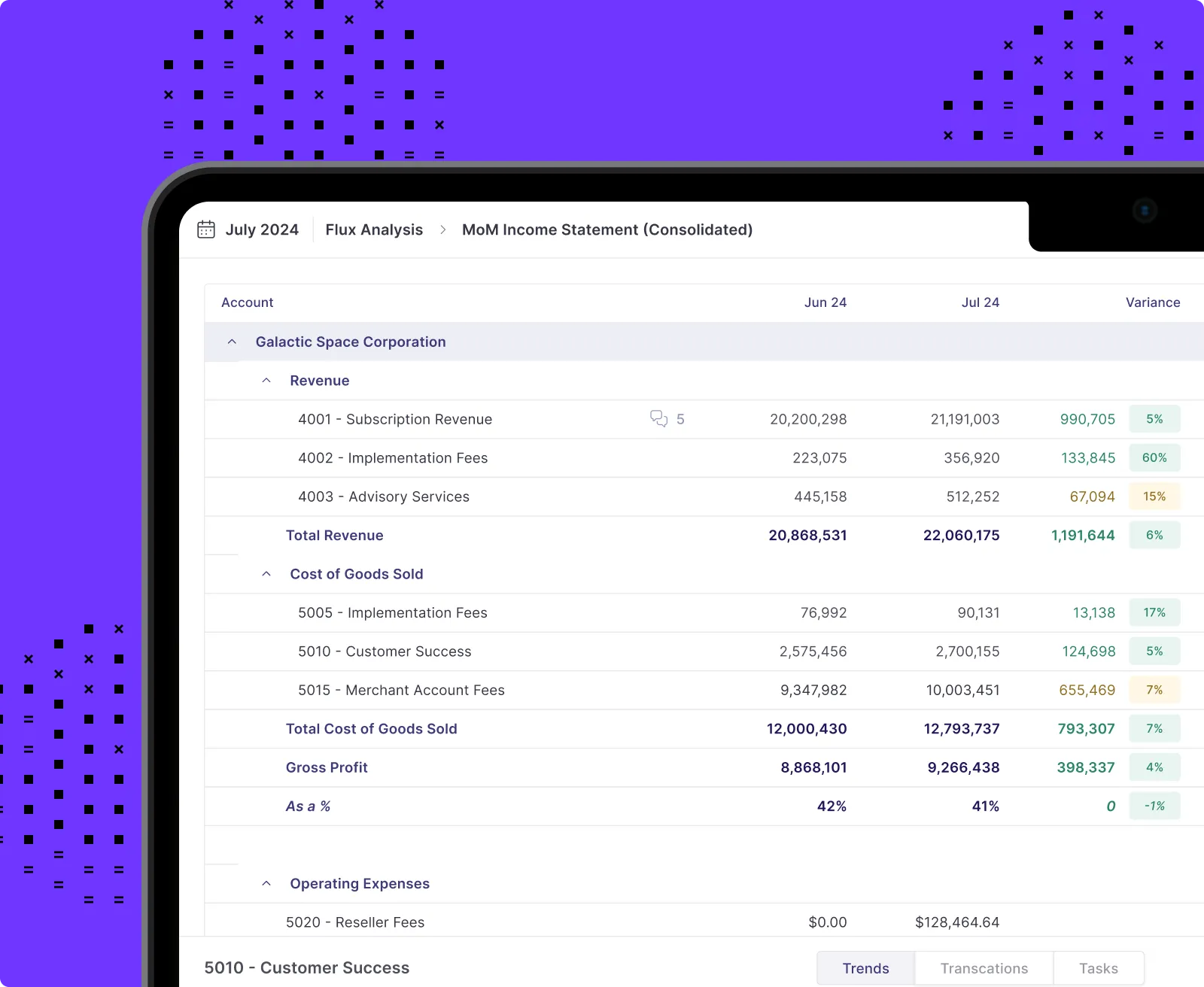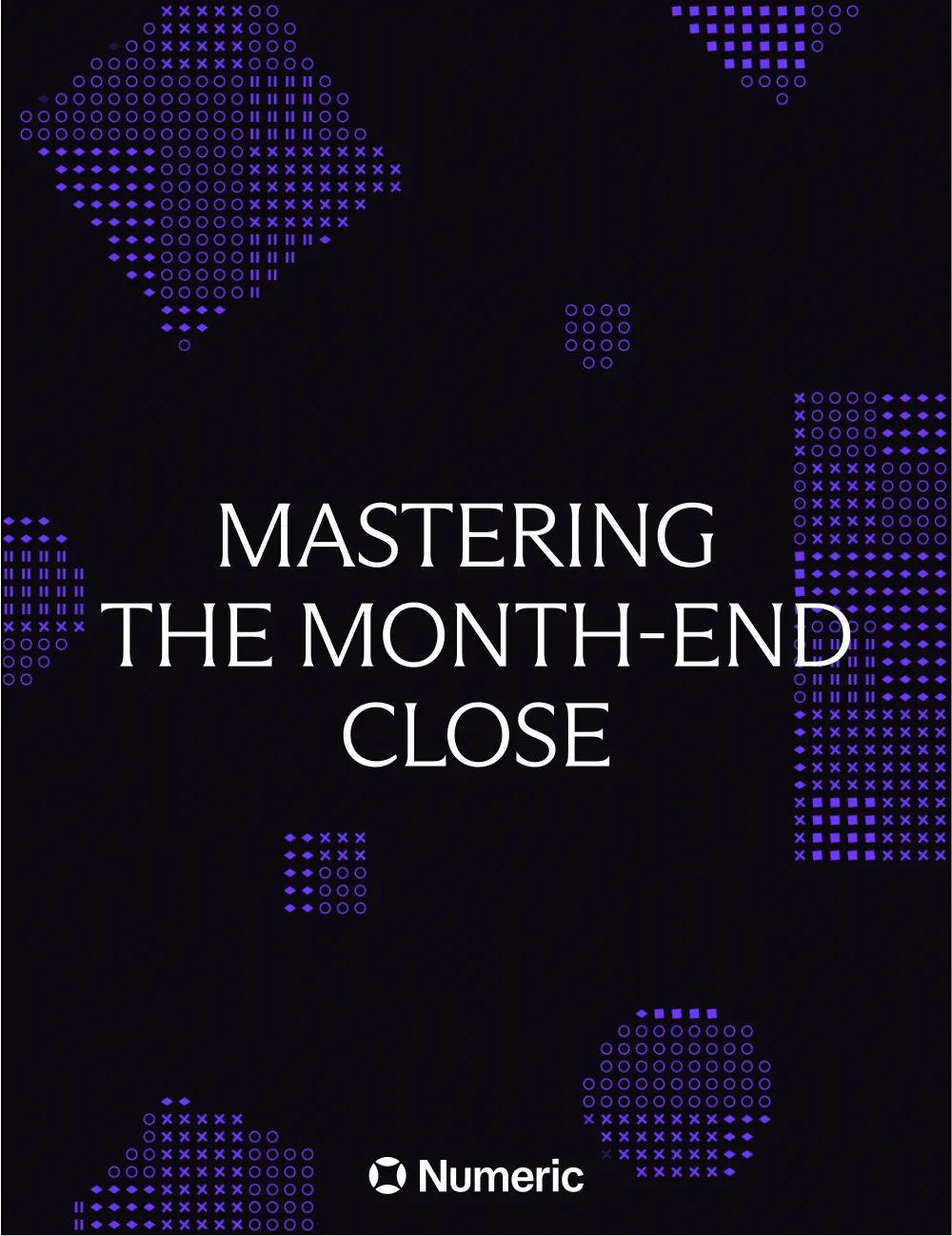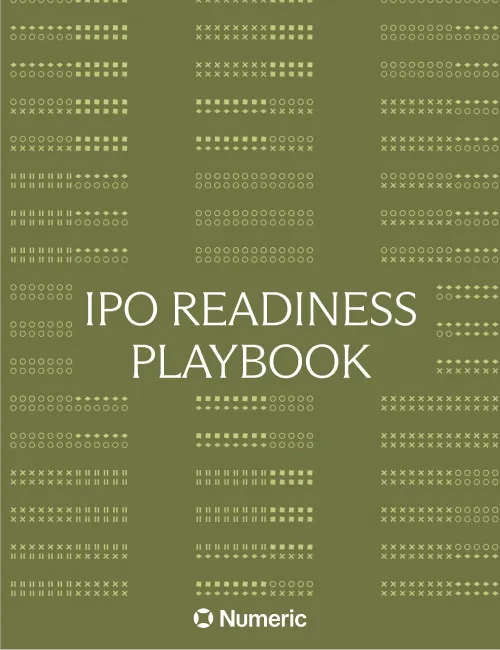Zig, Don’t Zag — The Unconventional Principles Driving Elite Finance Teams
.png)
When Sruthi Lanka became CFO at Public.com, her first hire wasn't an accountant. It was a data engineer. When Colin Anderson scaled Palantir's finance team from 3 to 50 people, he looked for "high CPU, not database"—people who could learn anything rather than those who already knew everything. And when Ajay Vashee was building up Dropbox's finance organization, he created a strategic finance team that operated more like management consultants than traditional FP&A analysts.
These aren't isolated quirks—they're signals of a fundamental shift happening in elite accounting organizations. The best CFOs are no longer building teams around traditional accounting roles. Instead, they're architecting organizations around three core principles that separate good finance teams from great ones.
The High-CPU Principle: Hiring for Learning Velocity
"I would hire your smartest friend and teach them finance rather than hire someone who already knows finance but can't learn anything new." —Colin Anderson, former CFO of Palantir
When Colin Anderson was scaling Palantir's finance team, he made a costly mistake: spending months interviewing 50+ traditional finance candidates, all of whom had the right experience but lacked something harder to define. It was only when a senior executive asked him a simple question—"Is finance hard? Is it teachable?"—that Anderson realized he'd been optimizing for the wrong thing.
While “everyone would like to think that the thing they do is hard”, Anderson admitted that finance wasn’t innate and could certainly be taught. This reframing was crucial; in turn, he began looking for someone with intellectual strength rather than domain expertise. After zeroing on someone who met these credentials, he states, “A few interviews and a lot of textbooks later, they were helping scale the team.”
This "high CPU" approach become a defining characteristic of elite finance teams. At Dropbox, Ajay Vashee built his Strategic Finance team by recruiting "high horsepower generalists" from investment banking, management consulting, and venture capital—people who could tackle any analytical challenge but might never have touched a general ledger.
"We convinced them to join Dropbox on the Strategic Finance team, and it was like a foreign career path for a lot of them at the time," Vashee explains. "They were like, 'Wait, I'm gonna work in-house at a company on a finance team?' But they were the team that partnered with Infrastructure to manage our migration off AWS. They were the team that helped us scour the acquisition landscape."
The results speak for themselves: Dropbox's Strategic Finance alumni have gone on to become CFOs at major companies, with one recently taking Figma public.
What High-CPU Hiring Looks Like in Practice
Elite teams look for a few key indicators of learning velocity:
Curiosity Over Credentials: Sruthi Lanka at Public.com prioritizes people who "come up with creative ways to solve problems they run into." In interviews, she looks for stories where candidates hit a wall and then picked up new skills, worked with others, or built something entirely new to solve it.
Mission Alignment Over Experience: Rather than asking "Can you do this job?" the best hiring managers ask "Why do you want to solve this problem?" Anderson learned that you should "hire the person who says 'I'm building a cathedral,' not the one who says 'I'm cutting stone.'"
In addition, the ability to think systematically about finance and business decisions is invaluable. As Lanka puts it, finance really becomes interesting once “you put numerical frameworks around decisions that drive the business.”
The Data Synergy Principle: Finance and Data as One Function
"I really see the merit of data and finance as central to most finance teams in the future. We don't rely on financial statements to drive most information or decision making in the business." —Sruthi Lanka, CFO of Public.com
When Sruthi Lanka joined Public.com as CFO, she made an unconventional organizational decision: building a data team directly within finance. Not just work closely with finance, but actually be part of the same function. It's a structure that most CFOs would find foreign, but Lanka sees it as the future.
"Most finance teams produce information for auditors, external regulatory agencies, stakeholders like that," Lanka explains. "But if you think about the main stakeholders as the people running the business, then the existing system doesn't work."
This insight led Public to build a robust data warehouse that combines real-time operational data with financial information. The result? They can see customer profitability down to the individual user level, track key business metrics by the minute, and close their books daily rather than monthly.
Building True Data-Finance Integration
The most sophisticated teams are moving beyond simple analytics to create what Lanka calls "data synergy"—where operational metrics and financial data flow through the same systems and speak the same language.
Start with the Data Warehouse in Finance: Unlike most companies where data teams sit in engineering, Lanka placed data infrastructure directly under finance from day one.
Design for Daily Operations: Rather than monthly closes, the best teams build systems that can provide financial clarity every day. "Most of the expenses within the company are extremely knowable," Lanka explains. "One of the things we are trying to move toward is really a daily close process within the company.”
The benefits extend far beyond faster reporting. When everyone in the company has access to the same real-time financial picture, it eliminates the debates about definitions and calculations that typically slow down decision-making.
Increased Data Visibility with Numeric
See why teams like Parafin are using Numeric to achieve real-time data visibility and build the modern, data-forward tech stack they've always envisioned.
The future of accounting isn't just about closing books faster. It's about having accounting processes happen at the conception of every transaction, with tools comprehensive enough to fold the many processes behind those events into unified, real-time financial comprehension It's about enabling the kind of daily operational clarity that CFOs like Sruthi Lanka advocate for—where finance teams produce information primarily for the people running the business, not just external stakeholders. Our goal at Numeric is to build the first real-time accounting platform – an effort that will make the marriage of data and finance as seamless as it should be.
As of today, here are Numeric features that leverage AI and automation in ways that can deliver real-time financial comprehension for finance teams:
Set-up ongoing transaction monitoring: With Monitors, you can flexibly set-up ongoing alerts to catch errors ahead of month-end account reconciliations. Catch any transactions tied to particular customers or, for Controllers doing a quality check of the full month-end process, surface all journal entries booked to A/R to scan through.

Use AI to get a headstart on flux analysis: In real-time, Numeric will catch any drivers of variance in your accounts over time, almost like having an AI assistant working 24/7 for your accounting team. Then, when you’re ready to start drafting variance explanations for any accounts, you can ask Numeric’s AI flux writer to give a draft of what transactions created variance between this period and the previous period. Not only can you customize the prompting to improve the drafts, but the AI will increasingly comprehend your writing style, commentary, and so forth.
Sync your ERP to Numeric for real-time transaction clarity: For companies on ERPs like NetSuite, Numeric has a continuous transaction sync that pulls in your chart of accounts along with any transaction that hits your GL. Tired of spending hours toggling between programs to ensure data accuracy? With Numeric, you can not only see all of your GL transactions at once, but Numeric will identify which transactions are keeping accounts from tying out, making account investigations almost instantaneous. In addition, teams can take advantage of Numeric’s report builder to wrangle transactions into custom reports for across the month spot checks.

Automate your reconciliations: With Numeric, you can handle all your balance sheet recs in one spot. The system automatically pulls account totals from workpapers and your GL's trial balance. Even better, with a deep ERP integration, Numeric users can click into underlying transactions across accounts to investigate and Numeric will flag the exact transaction resulting in an account no longer reconciling.

The Strategic Impact Principle: From Process to Profit Drivers
"Every year we would set a goal as a finance team to ideate and launch one project that would have a meaningful impact on the company's trajectory—that would inflect Dropbox's trajectory." —Ajay Vashee, former CFO of Dropbox
While most finance teams focus on keeping the lights on, elite teams drive initiatives that directly impact company trajectory. At Dropbox, this philosophy led to some of the company's most important strategic decisions.
The most dramatic example was Dropbox's migration from AWS to their own infrastructure. While the rest of the world was moving to the cloud, Dropbox went the opposite direction, building their own data centers. The finance team didn't just analyze this decision—they co-led it.
"It was a $400 million capital investment as a private company, which made a lot of our investors pretty nervous," Vashee recalls. "But strategically, it was the right move for us to make, and it really opened up both the IPO opportunity and the opportunity for us to build the company that we did."
The results were staggering: gross margins doubled from the mid-40s to nearly 80%, fundamentally changing Dropbox's economic profile and making their public offering possible.
How to Build Strategic Impact Capability
Set Impact Goals, Not Just Process Goals: Rather than focusing solely on closing books faster or reducing errors, elite teams set explicit goals around business impact.
Build Automation and AI for Leverage: Dropbox had a dedicated "automation and transformation team" with an annual goal of saving 10,000 working hours through efficiency initiatives. This created a flywheel where automation freed up time for higher-impact strategic work.
The Bottom Line
What makes these principles powerful isn't implementing them in isolation—it's how they reinforce each other:
High-CPU people thrive on strategic challenges. When you hire for learning velocity, you get people who are energized by tackling novel problems like infrastructure migrations or market expansion analysis.
Data synergy enables strategic impact. When your team has real-time visibility into business performance, they can spot opportunities and measure impact in ways that traditional monthly reporting cycles can't support.
Strategic impact attracts high-CPU talent. The best analytical minds want to work on problems that matter, not just reconcile accounts.
As a result, the finance teams that follow these principles won't just keep score—they'll drive initiatives that actually help their companies win.



















.png)
.png)
.png)